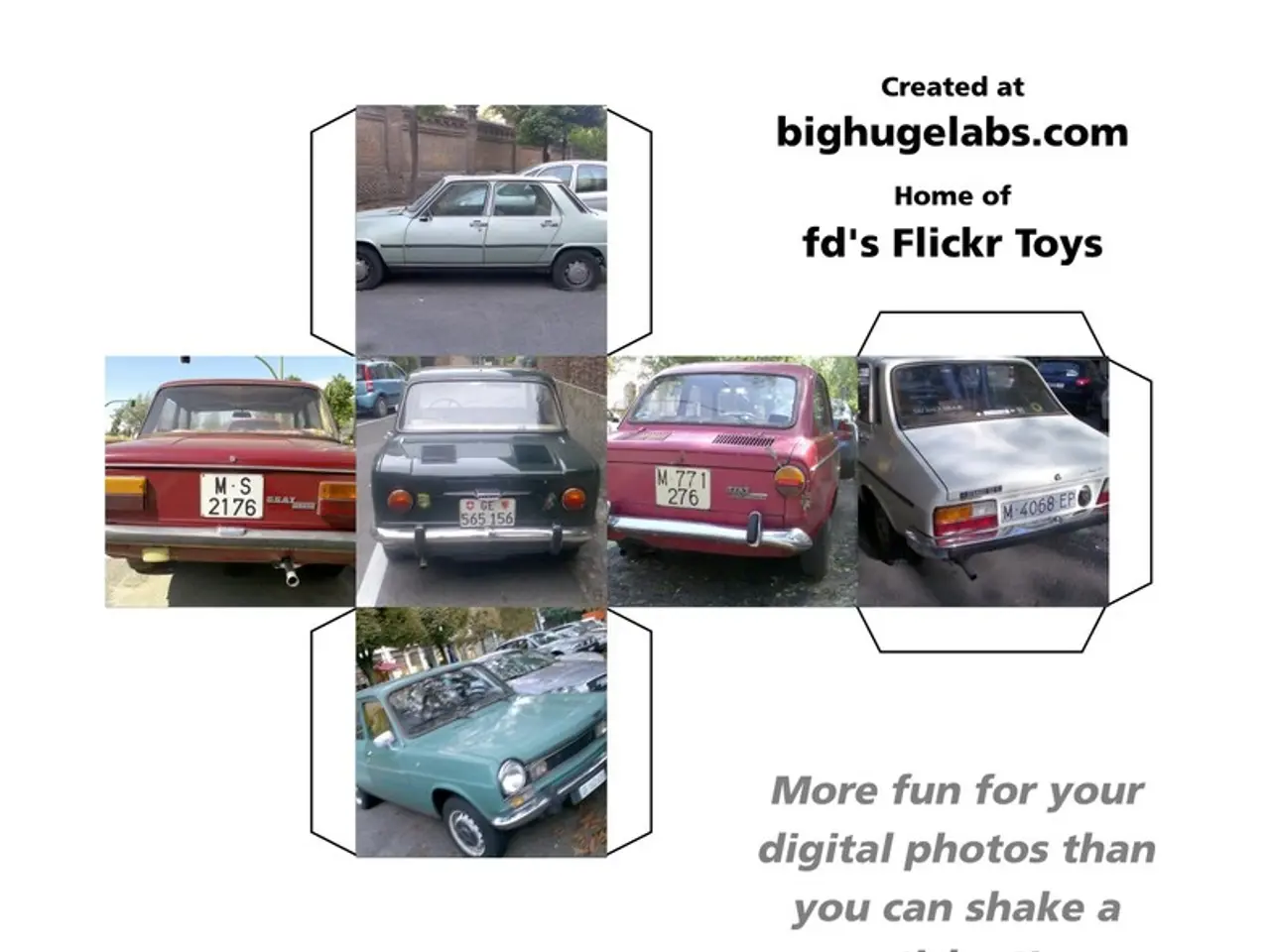Midwest Manufacturers Stand to Benefit from Electric Vehicles - But Quick Action is Needed
In the bustling heartland of Northeast Ohio, a new chapter is being written in the automotive industry. Two recent entrants, Lordstown Motors and Mullen Technologies, have set up shop in the region, marking a significant shift towards electric vehicle (EV) manufacturing.
The story of these companies is closely intertwined with the closure of the General Motors (GM) factory in Lordstown, Ohio, in 2019. The factory, built in 1966 and responsible for producing over 16 million vehicles, was a cornerstone of the region's economy, employing nearly 8,000 people and contributing US$8bn to the local economy.
However, the shift towards EVs has not been without its challenges. The industry requires different skills and production methods, leading to potential job losses. To address this, schools in communities like Mahoning Valley are introducing college-level EV classes to local high schools, aiming to support the new EV economy.
But it's not just about adapting to new technologies. Manufacturers that want to succeed in the EV market must differentiate themselves. They can do this by assessing the competition, filling market gaps, or offering better or cheaper products. Knowing how to make the most of pre-existing advantages, such as retraining workers, updating machinery, or investing in new technologies, is crucial.
Dynamic collaboration among manufacturers can also drive higher-quality value propositions and differentiation. This was evident in the Ohio Manufacturing Alliance's rapid development of a local supply chain for a reusable face shield.
The US does not have a comprehensive plan to help homegrown EV manufacturers or their workers compete, unlike the EU and China. However, this doesn't mean that small- and medium-sized auto manufacturers can't seize the EV opportunity. They must act now and invest in new, versatile, and adaptive Industry 4.0 technologies.
Community leaders should focus on building collaborative ecosystems that support small- and medium-sized manufacturers with infrastructure, talent development, and R&D. When taking over existing factories, manufacturers like Lordstown Motors can leverage pre-existing quality standards, certifications, and skilled workforces to produce new products.
President Biden has set ambitious goals to jumpstart US EV production and consumer demand. He aims to install 500,000 public chargers by 2030 and achieve net zero emissions by 2050. With the right strategies in place, the future of EV manufacturing in Mahoning Valley and beyond looks promising.
As manufacturers dust off their value propositions and get back to their entrepreneurial roots, they can become a pivotal part in America's electric future. The potential for growth is immense, and with the right support, these companies can thrive in the new EV landscape.








